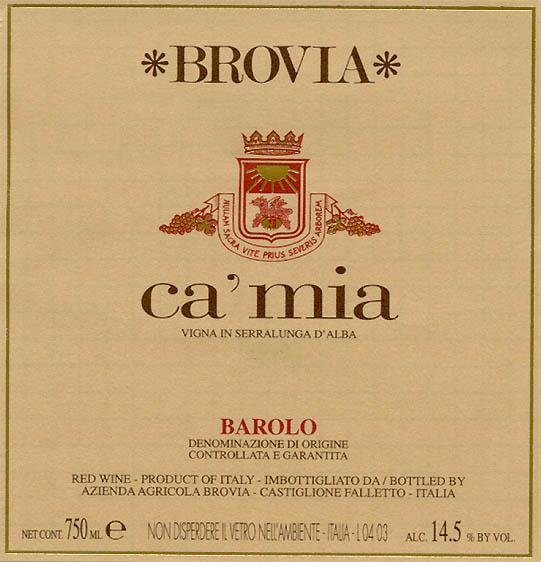Barolo Red Blend
Brovia Barolo is a remarkable red blend that proudly showcases the quintessential characteristics of the esteemed Barolo region in Italy. This wine displays a deep ruby color, captivating the eye while hinting at the complexity within. On the palate, it reveals a full-bodied structure with pronounced tannins that provide a firm backbone, enhancing its ability to age gracefully. The acidity is bright and invigorating, resulting in a mouthwatering experience that balances the wine's richness. The fruit intensity is prominent, with luscious notes of dark cherry and berry complemented by subtle hints of floral undertones and earthy nuances. As a dry wine, it invites exploration and pairs beautifully with hearty dishes, making it a true expression of Barolo's renowned terroir and winemaking expertise.
Brovia Barolo is a remarkable red blend that proudly showcases the quintessential characteristics of the esteemed Barolo region in Italy. This wine displays a deep ruby color, captivating the eye while hinting at the complexity within. On the palate, it reveals a full-bodied structure with pronounced tannins that provide a firm backbone, enhancing its ability to age gracefully. The acidity is bright and invigorating, resulting in a mouthwatering experience that balances the wine's richness. The fruit intensity is prominent, with luscious notes of dark cherry and berry complemented by subtle hints of floral undertones and earthy nuances. As a dry wine, it invites exploration and pairs beautifully with hearty dishes, making it a true expression of Barolo's renowned terroir and winemaking expertise.




